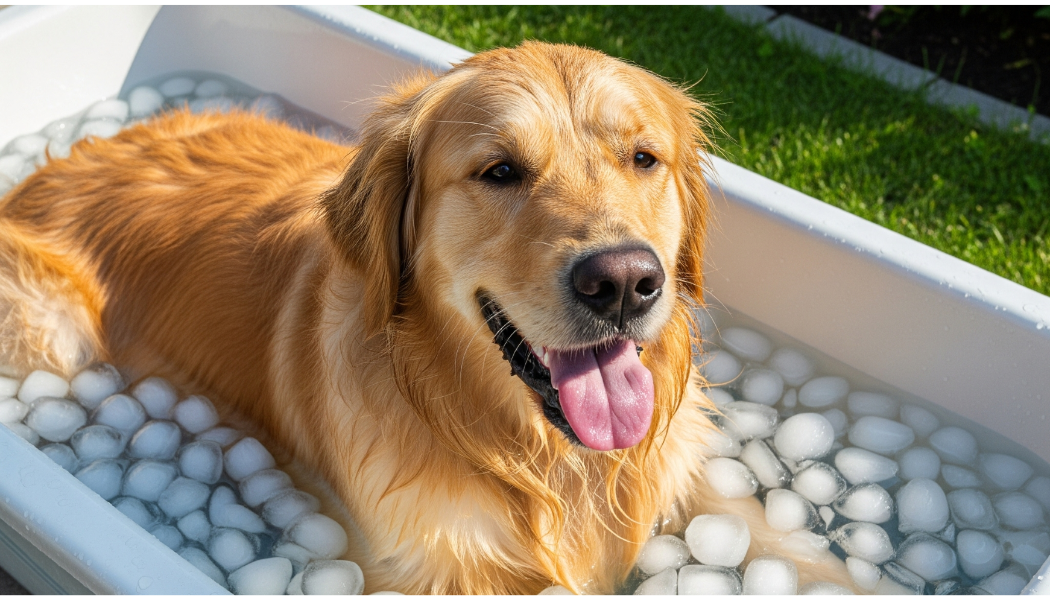Persicaria virginiana 'Painter's Palette' - WOODLAND KNOTWEED 'PAINTER'S PALETTE'
Cultivar 'Painter's Palette' has cream-white splish-splash painting on its leaves, with a little pink tint on the nodes and tiny red flowers/bracts (instead of white flowers of the wild form). This perennial is clonal, since it is vegetatively propagated, so each plant is identical.
It often self-seeds and the seedlings more or less keep the variegation on the leaves.
Forms nice bushy clumps of green leaves with thin flowering stalks above leaves. The reason to use this native wildflower is its ground covering habit and wildlife support. In good conditions it may self-seed too much or also spread by rhizomes, so it is more suitable for some naturalizing in bigger gardens, woodland gardens, and woodland edges.
Nice plant combinations are with Woodland Asters, Heuchera, Polemonium reptans, Tradescantia, Tiarella, grasses like Diarrhena obovata, Hystris patula, Carex or smaller shrubs (Hydrangea quercifolia).
Beautiful combinations with non-native perennials like Aquilegia, Alchemilla, Bergenia, Brunnera, Geranium, Hosta, Iris sibirica, Persicaria amplexicaulis, Polygonatum ‘Weihenstephan’ etc.
Blooming Time: July - September
Size: 2-3’ high x 3-4’ wide
USDA Zones: 4 to 8
Culture: half shade, light shade, dappled shade, with enough moisture also in the sun. Average soil, loam, clay. Drought tolerant once established.
Moisture Needs: medium, medium-dry, medium-wet
Origin: northeastern United States, naturally in woodland edges, light forests, thickets, along creeks
Deer/Rabbit Resistant: yes / yes
Attracts Butterflies or Pollinators: butterflies
Attracts Hummingbirds: no, but attracts birds
Pot Size: deep 3.5" perennial pot (5" deep)
Picture Copyright: Krzysztof Ziarnek, Kenraiz, Commons Wikipedia

Persicaria virginiana 'Painter's Palette' - WOODLAND KNOTWEED 'PAINTER'S PALETTE'
Cultivar 'Painter's Palette' has cream-white splish-splash painting on its leaves, with a little pink tint on the nodes and tiny red flowers/bracts (instead of white flowers of the wild form). This perennial is clonal, since it is vegetatively propagated, so each plant is identical.
It often self-seeds and the seedlings more or less keep the variegation on the leaves.
Forms nice bushy clumps of green leaves with thin flowering stalks above leaves. The reason to use this native wildflower is its ground covering habit and wildlife support. In good conditions it may self-seed too much or also spread by rhizomes, so it is more suitable for some naturalizing in bigger gardens, woodland gardens, and woodland edges.
Nice plant combinations are with Woodland Asters, Heuchera, Polemonium reptans, Tradescantia, Tiarella, grasses like Diarrhena obovata, Hystris patula, Carex or smaller shrubs (Hydrangea quercifolia).
Beautiful combinations with non-native perennials like Aquilegia, Alchemilla, Bergenia, Brunnera, Geranium, Hosta, Iris sibirica, Persicaria amplexicaulis, Polygonatum ‘Weihenstephan’ etc.
Blooming Time: July - September
Size: 2-3’ high x 3-4’ wide
USDA Zones: 4 to 8
Culture: half shade, light shade, dappled shade, with enough moisture also in the sun. Average soil, loam, clay. Drought tolerant once established.
Moisture Needs: medium, medium-dry, medium-wet
Origin: northeastern United States, naturally in woodland edges, light forests, thickets, along creeks
Deer/Rabbit Resistant: yes / yes
Attracts Butterflies or Pollinators: butterflies
Attracts Hummingbirds: no, but attracts birds
Pot Size: deep 3.5" perennial pot (5" deep)
Picture Copyright: Krzysztof Ziarnek, Kenraiz, Commons Wikipedia



